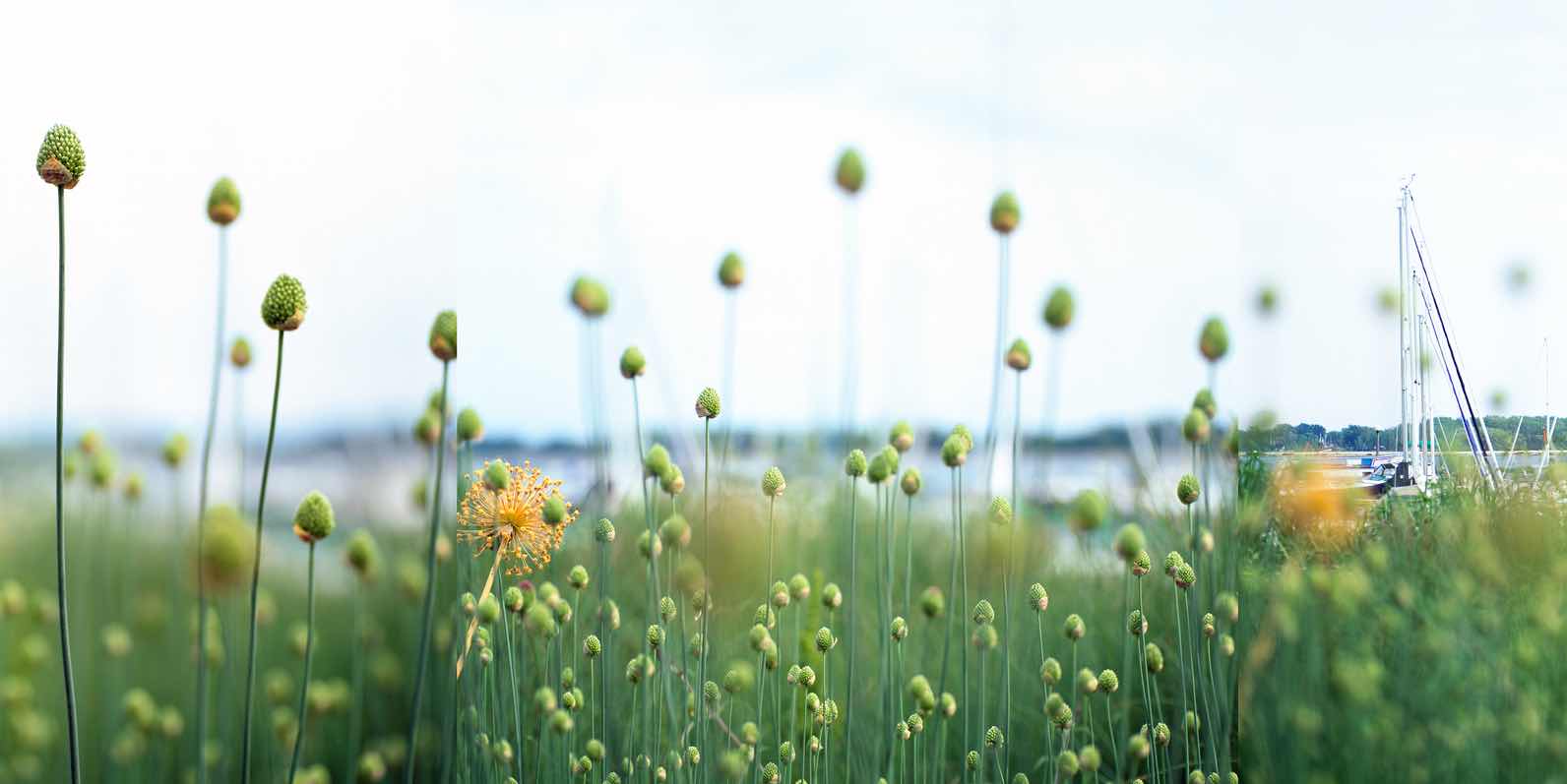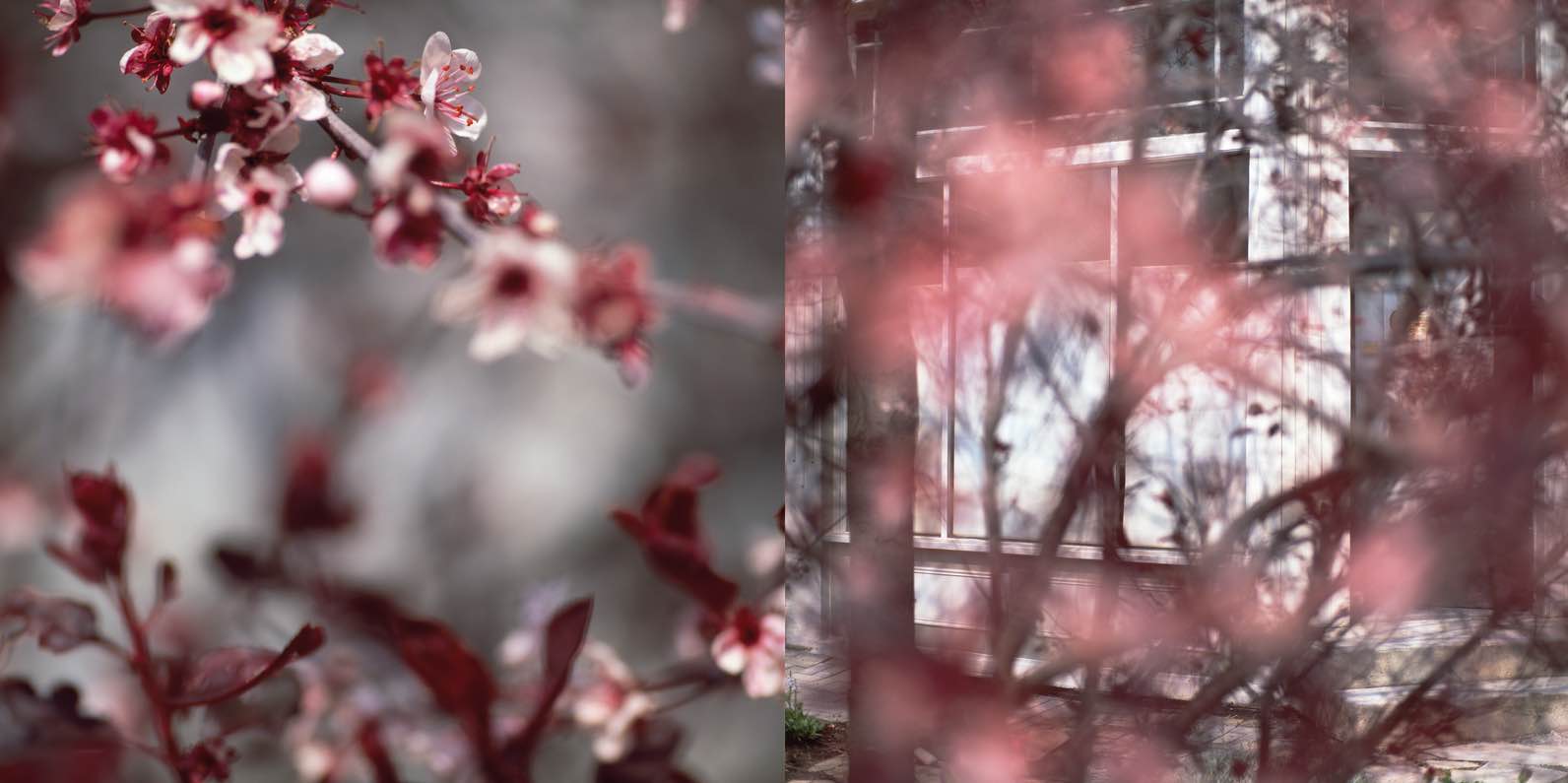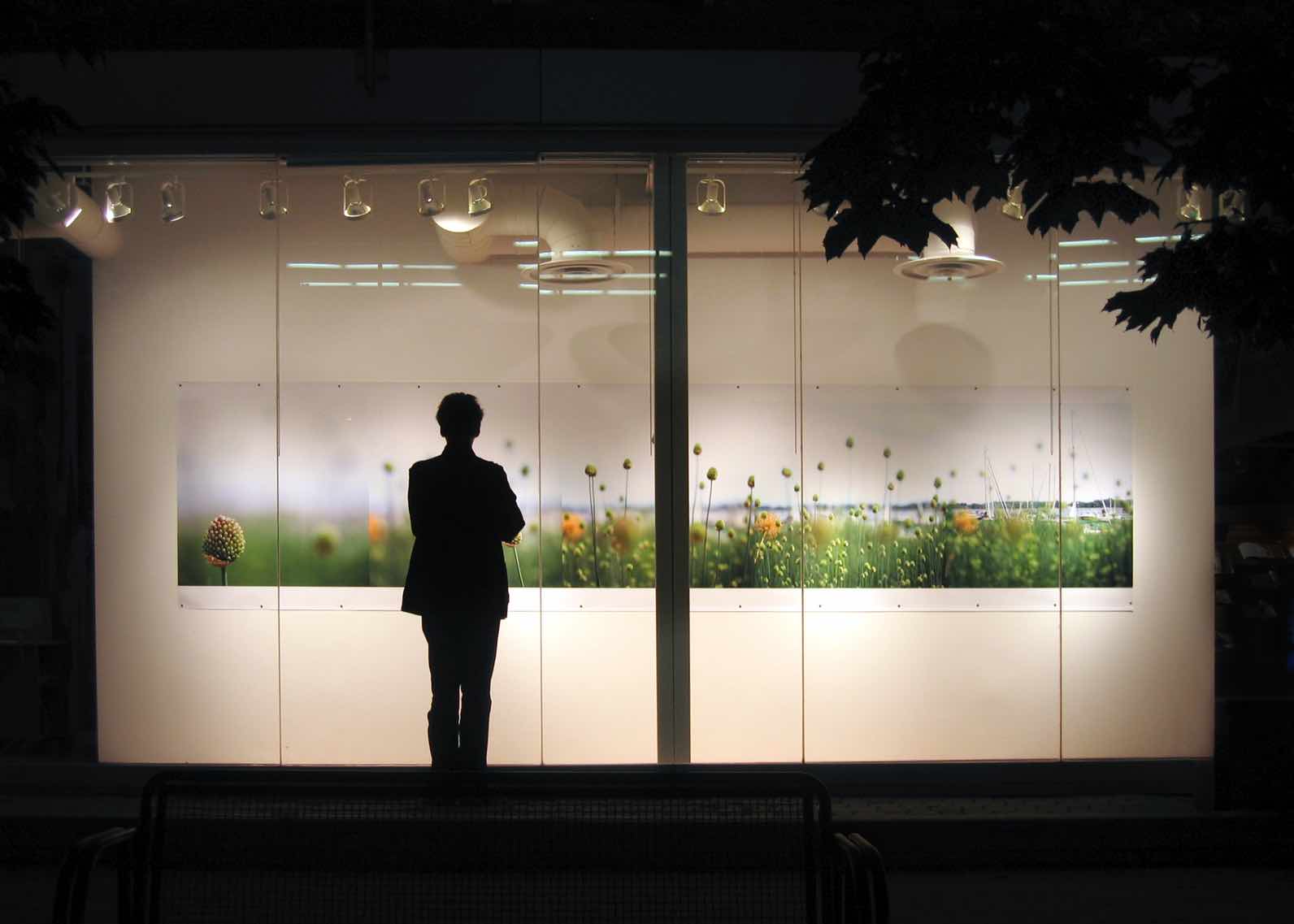Depiction

With Depiction, I have continued to explore the relationship between photographic depiction and visual perception. In this series, depth of field is used to investigate the fragmented nature of human vision, and the artifice of pictorial construction. Working over several summers in my Toronto neighbourhood of Little Italy, I photographed domestic gardens and house facades. The images were shot with a single stationery camera that captured multiple views as shallow focal layers, from the immediate foreground to infinity. Individual frames were then composed in filmstrip-like sequences of varying lengths in which the foreground, mid-ground and background appear together as individual components of the same pictorial field. Elements of each scene move in and out of focus, revealing the picture’s composite layers.


The camera has the capacity to render images with a large depth-of-field. Paintings often display this same condition, but with nothing out of focus. The human eye, however, has a limited depth of focus and is in near constant motion. Depiction draws attention to the way the eye sees, moving over and through a space, pausing to focus on one fragment at a time. The images represent elongated time, reflecting what the eye sees in each instant of the construction of a single ‘picture’ of reality.





DEPICTION, 2006-2008
CHROMOGENIC PRINTS MOUNTED ON ALUMINUM, LUSTRE LAMINATE
31 IN. HIGH × VARIABLE WIDTHS (23.75, 31, 47.75, 71.75, 95.5, 119.5 IN.)
79 CM. HIGH × VARIABLE WIDTHS (60, 79, 121, 182, 242.5, 303.5 CM.)
13 WORKS